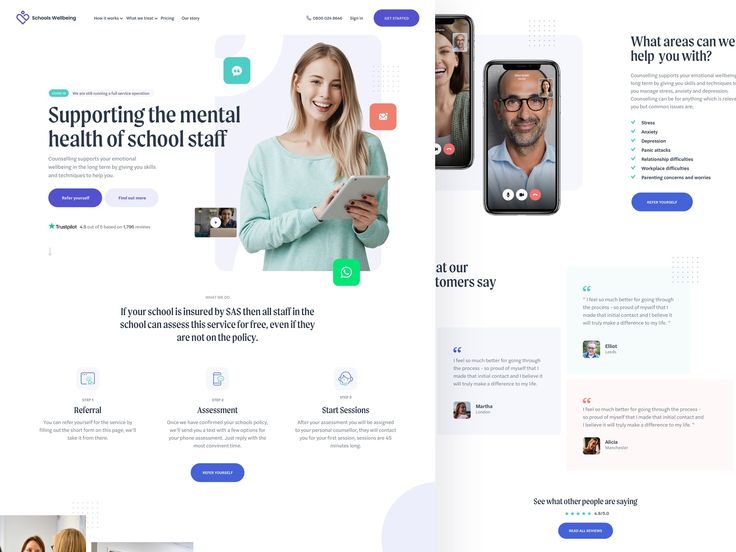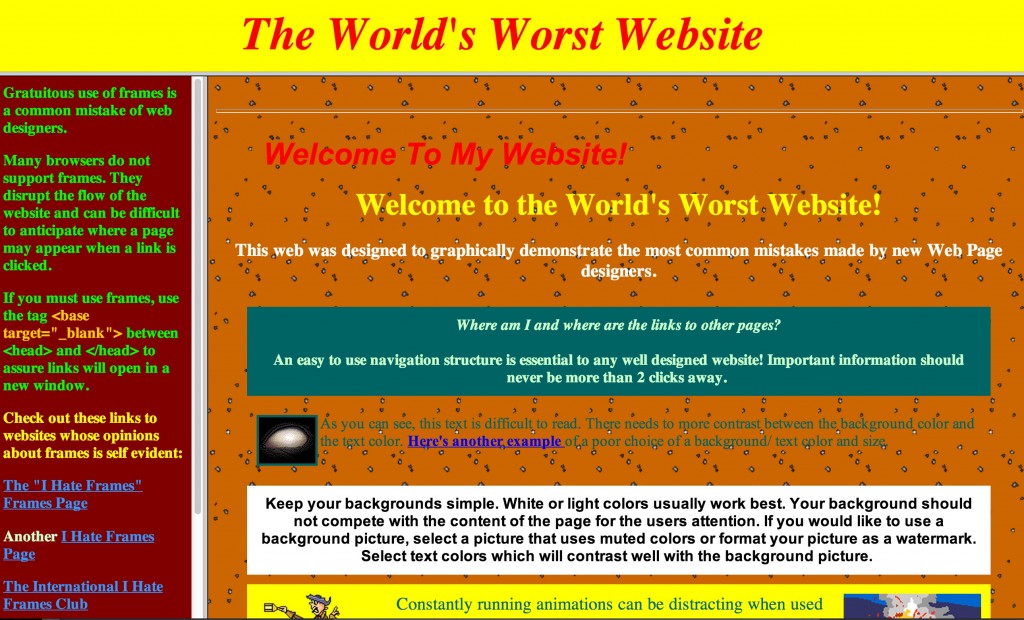
Webflow is a software-as-a-service company based in San Francisco that specializes in creating websites. It has a visual editor that lets users design and build websites. It allows users to easily create, edit, and launch a website using the visual editor. It is used by 0.6% of the top ten million websites on the internet.
Struts
You should know that page flows are not considered to be part of traditional web applications if you're working on a project with web flow. Instead, Struts webapps use views and actions. Each action is associated with a particular request URL, and performs the processing for the request and selects the appropriate result view.

Spring
Spring webflow is a subproject under the Spring Framework. This project focuses primarily on providing the infrastructure necessary to build rich Web applications. The project addresses three main problems that web application developers face.
Grails
Grails for web flow is a powerful state-engine for UI workflows. It can handle multiple page wizards, and it provides an easy-to-use, highly configurable state engine.
ASP.NET MVC
ASP.NET.NET.NET.VC supports three states within a single application: view state, action, or subflow. The view state displays a view to the user while the action state does work. Depending on the outcome, an action state can transition into the next state. To determine the next step, the decision state uses an If...Then...Else clause. Subflows can be flow that starts after the current one has finished.
Spring Web Flow
Spring Web Flow is a subproject of Spring Framework. It focuses on infrastructure for rich web applications. It seeks to solve three main problems web application developers face.

Webflow Editor
The Webflow Editor is a tool that allows you modify the design of your Webflow Project. With a click, you can modify text, links, or images. It also allows for page settings to be managed, including the SEO title as well as image.
FAQ
What is a responsive design web design?
Responsive web design (RWD), is a way to create websites that display responsively on all devices, including smartphones, tablets, desktop computers, laptops and tablets. This allows visitors to view the website on one device and access other features like buttons, navigation menus, etc. RWD aims to ensure that every user who views a site is able to view it on any screen size.
If you are building a website to sell products primarily via eCommerce, then you want to make sure that customers can purchase items from your store even if they view it on their smartphones.
Responsive websites will adjust their layout according to the device that is being used. A website that is viewed on your laptop will display the same way as a desktop website. But, the page will appear differently if you view it on your phone.
This allows you to create one website that works on all devices.
What technical skills do I need to design and construct my site?
No. It doesn't matter what HTML or CSS you know. You can easily find tutorials online that teach both HTML and CSS.
What should I include in my Portfolio?
All these items should be part of your portfolio.
-
Example of your work.
-
Link to your website (if possible).
-
These are links to your blog.
-
Here are some links to social media pages.
-
You can also find links to other designers' portfolios online.
-
Any awards you have been given.
-
References.
-
Samples of your work.
-
These links will help you communicate with clients.
-
You are willing to learn new technologies.
-
These are links that show your flexibility
-
You can find links that reflect your personality.
-
Videos showing your skills.
What platform is the best to design a site?
WordPress is the best platform for creating websites. WordPress offers all the features needed to make a website professional looking.
Themes are easy-to-install and customizable. There are thousands of themes online that you can choose from.
You can also install plugins to increase functionality. They allow you add buttons to social media and form fields, as well as contact pages.
WordPress is extremely user-friendly. To change your theme files you don't need HTML code. To change your theme files, all you have to do is click on an image and select the desired changes.
Although there are many platforms out there, I prefer WordPress. It's been around since the beginning and is still being used by millions of people worldwide.
WordPress: Is it a CMS or not?
Yes. It's a Content Management System (CMS). CMS allows you to manage the content of your website from within a web browser, instead of using applications like Dreamweaver and Frontpage.
WordPress is completely free! Hosting is all you need, and it's usually free.
WordPress was initially created as a blogging platform, but it now offers many other options such as eCommerce sites, forums and membership websites. Portfolios are also available.
WordPress is easy to install and set up. To install WordPress, you will need to download the installer file from their website. Once it is downloaded, upload it to your server. Then, you simply visit your domain name through your web browser and log in to your new site.
After installing WordPress you will need to create a username/password. Once you log in, you will be able to access your settings from a dashboard.
From this page, you can add images, pages, posts, menus or widgets to your website. If you are comfortable creating and editing content, you can skip this step.
But if you'd rather work with someone, you can hire a professional website designer to handle everything.
How much do web developers make?
You can expect to make between $60-$80 an hour working on your own website. If you are looking to make more money, it is worth considering becoming an independent contractor. It is possible to charge between $150-200 an hour.
Statistics
- Is your web design optimized for mobile? Over 50% of internet users browse websites using a mobile device. (wix.com)
- Did you know videos can boost organic search traffic to your website by 157%? (wix.com)
- It enables you to sell your music directly on your website and keep 100% of the profits. (wix.com)
- It's estimated that in 2022, over 2.14 billion people will purchase goods and services online. (wix.com)
- The average website user will read about 20% of the text on any given page, so it's crucial to entice them with an appropriate vibe. (websitebuilderexpert.com)
External Links
How To
How can you tell which CMS is better?
In general, there is a choice between two types Content Management System (CMS). Web Designers choose to use Dynamic CMS or static HTML. The most popular CMS is WordPress. Joomla is a good choice if your site needs to look professional. The powerful, open-source CMS Joomla allows you to build any website design with no coding skills. It's easy to install and configure. Joomla includes thousands of templates and extensions so you don't have to hire a programmer to build your site. Joomla is free to download. There are many benefits of choosing Joomla for your project.
Joomla is a powerful tool which allows you to easily manage every aspect your website. It provides features such as a drag & drop editor, multiple template support, image manager, blog management, a news feed, eCommerce, etc. Joomla is a great choice for anyone looking to create a website quickly and without having to learn how to code.
The great thing about Joomla is that it supports almost all devices, including mobile phones, tablets, desktop computers, laptops, etc. Joomla makes it easy to create websites for different platforms.
There are many reasons Joomla is preferred over WordPress. There are several reasons that Joomla is preferred over WordPress.
-
Joomla is Open Source Software
-
It's easy to set up and configure
-
You will find thousands of ready-made extensions and templates
-
It's free to download and use
-
Supports Almost All Devices
-
These powerful features are available
-
Good Support Community
-
Very Secure
-
Flexible
-
Highly customizable
-
Multi-Lingual
-
SEO friendly
-
Responsive
-
Social Media Integration
-
Mobile Optimized